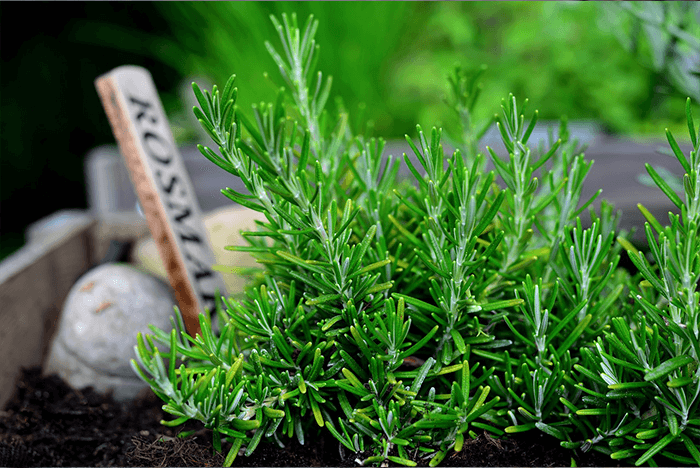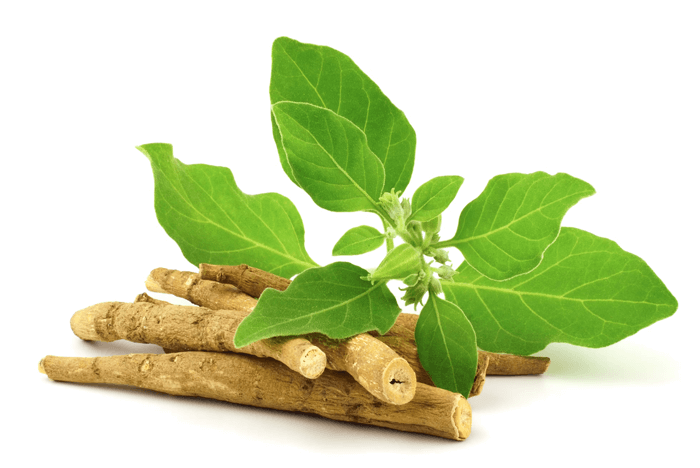Description
Basil (Ocimum basilicum) is a tender, aromatic herb belonging to the mint family, Lamiaceae. Native to tropical regions from central Africa to Southeast Asia, basil is best known as a culinary herb used in various dishes around the world. It is most commonly associated with Italian cuisine, particularly in dishes like pesto, but is also a key ingredient in Thai and Mediterranean cooking.
Basil plants are typically small, growing to around 12 to 24 inches tall, with green, oval, and slightly cupped leaves. The leaves have a smooth texture and are highly fragrant. Basil flowers in small white to purple clusters, but the leaves are harvested before the plant flowers to maintain its optimal flavor.
Common Features
- Appearance: Basil has bright green, oval leaves that can grow up to 4 inches long. Some varieties have darker or purple-hued leaves.
- Aroma and Flavor: Basil is known for its sweet, peppery flavor with hints of mint, clove, and anise. Its aroma is warm and spicy.
- Varieties: There are many varieties of basil, including Sweet Basil, Thai Basil, Lemon Basil, and Purple Basil, each with its own distinct flavor profile.
- Growth Conditions: Basil thrives in warm climates, requiring full sun and well-drained soil. It is typically grown as an annual but can act as a short-lived perennial in tropical climates.
Role in the Ecosystem: Basil plays a vital role in the ecosystem by attracting pollinators such as bees, butterflies, and beneficial insects like hoverflies and ladybugs, which help control garden pests. Its flowers provide a nectar source for pollinators, aiding in plant reproduction.
Basil also acts as a natural pest repellent. Its strong aroma can deter certain pests, including mosquitoes, aphids, and whiteflies, making it a useful companion plant in vegetable gardens.
Importance
- Culinary Uses: Basil is most famous for its culinary value. It is used in various dishes worldwide, especially in Italian and Southeast Asian cuisine. Pesto, caprese salad, and many pasta dishes are flavored with basil. Fresh basil is commonly added to sauces, soups, salads, and marinades.
- Medicinal Uses: Basil has several traditional medicinal uses. It contains essential oils with antibacterial and anti-inflammatory properties. In Ayurvedic medicine, basil is used for treating digestive and respiratory disorders. Basil tea is thought to help with stress, headaches, and even nausea.
- Cultural Significance: Basil holds symbolic meanings in various cultures. In Hinduism, the sacred basil plant (Tulsi) is revered and often associated with the goddess Tulsi, a manifestation of the goddess Lakshmi. In Italy, basil is considered a symbol of love and fertility.
Interesting Facts
- Historical Use: Basil has been cultivated for over 5,000 years and was believed to have magical properties in ancient cultures. In ancient Greece, basil was considered a symbol of hatred, while in Italy, it symbolized love.
- Sacred Basil: The “Tulsi” variety of basil is sacred in Hinduism and is worshiped for its spiritual and medicinal properties.
- Pest Control: Basil can naturally repel pests like mosquitoes, making it a popular choice for gardeners seeking organic pest control methods.
- Aroma Therapy: The essential oil of basil is used in aromatherapy for its soothing and stress-relieving properties.
Sources
- National Center for Biotechnology Information (NCBI)
- Royal Horticultural Society
- University of Minnesota Extension



